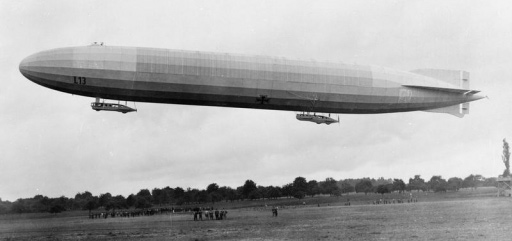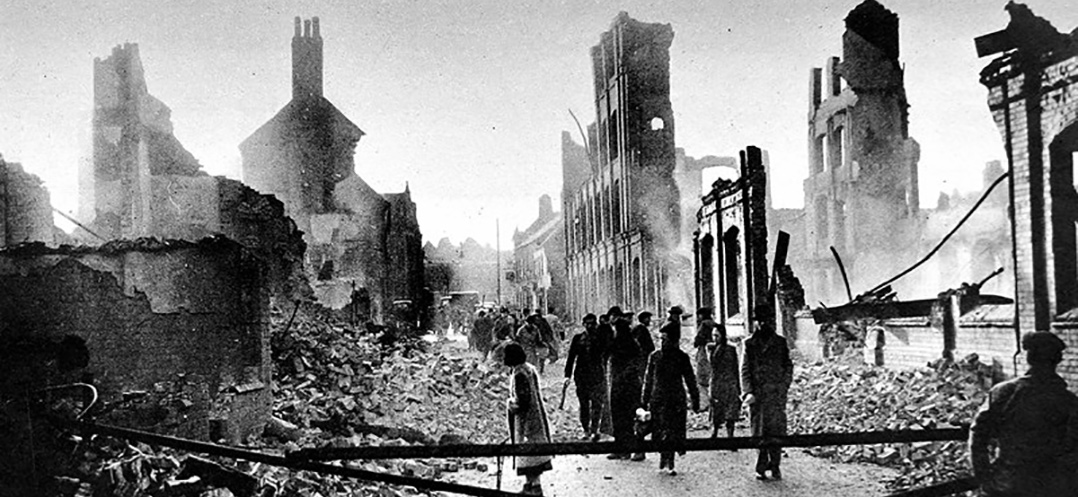WW1 Armistice Exhibition - The Blitz
The Blitz
 The German Army and Navy mounted over 50 bombing raids on the United Kingdom. The Zeppelin Company was responsible for producing the majority of the airships used.
The German Army and Navy mounted over 50 bombing raids on the United Kingdom. The Zeppelin Company was responsible for producing the majority of the airships used.
Weather conditions and night flying conditions made airship navigation and maintaining bombing accuracy difficult and accurate targeting of military installations was impossible.
The civilian casualties made the Zeppelins an object of hatred, and they were dubbed "baby-killers". With the development of effective defensive measures the airship raids became increasingly hazardous, and in 1917 the airships were largely replaced by aeroplanes.
Although the military effect of the raids was small, they caused widespread alarm, leading to the diversion of substantial resources from the Western Front and some disruption to industrial production.
Concern about the conduct of defence against the raids led to a parliamentary inquiry under Jan Smuts, whose report was to lead to the creation of the Royal Air Force on 1 April 1918.
The defence organisation developed by the British was an important precursor of the fighter direction system that would prove vital in winning the Battle of Britain.

The raids were also influential because they led to an overestimation of both the material and psychological effects of the bombing of cities. The raids killed 557 and injured another 1,358 people. More than 5,000 bombs were dropped on towns across Britain, causing £1.5 million in damage. 84 airships took part, of which 30 were either shot down or lost in accidents.
Aeroplanes carried out 27 raids, dropping 111,935 kg of bombs for the loss of 62 aircraft, resulting in ground casualties of 835 dead, 1,972 injured and £1,418,272 of material damage.
Other pages in this section:
Rationing - Curfew & Censorship - The Blitz - Railways - The Royal Family
- copyright © 2025
- Site by lancefrench.com